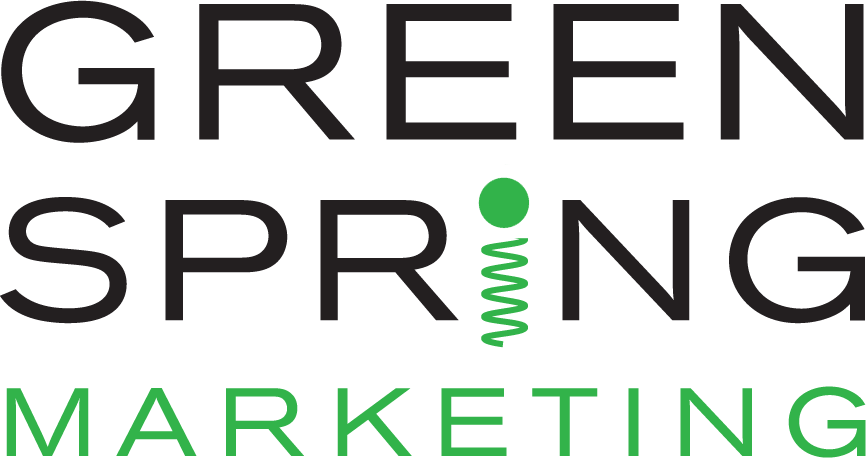Some people like their workspaces to be free of clutter, which is a great goal all around. It provides an element of control against the constant chaos, makes it easier and faster to find things and also minimizes distractions: if there’s too much in front of you, it makes it hard to focus on one task at a time.
That’s why workforce efficiency experts suggest that focusing on the state of your workspace can be an important part of improving the efficiency of your whole workplace.
This approach goes beyond tidying up your desk once or twice a year when VIPs come through, or when you lose that important piece of paper and have to dig a little deeper. Paying attention to the state of your workspace needs to be a continuous focus – but the good news is that there’s never a bad time to jump in, and it becomes easier the more you do it.
This philosophy can also be easy to spread through the whole office, especially once people begin seeing that people are responding faster, concentrating more and eager to look for other ways to be better organized.
Employees can look for their own ways to build better habits, and managers can seek ways to motivate and encourage the staff, along with trying some organizational techniques themselves.
Try some of these strategies to begin developing better habits:
Begin big.
You may have a full recycling box or “paper garbage” pile that you don’t really need but haven’t got around to dumping. This is your opportunity to get around to it by a big purge.
Take the occasion to get rid of papers you know you don’t need and no one else will need either, such as rough drafts, proofs of completed projects or printed out copies of online articles and emails. There likely are electronic versions of these preserved elsewhere.
Split your areas.
Whatever the size of your desk, office or cubicle, one way to seek greater productivity is to declare one zone “computer things” and another zone “non-computer things.” This way all your electronic apparatus will be in the first area, including equipment, mobile devices, printers and various tools and supplies for them.
The other zone could be for your papers, projects, hard copy reference materials and various supplies for them. This will keep both worlds from colliding and creating a bigger mess in the center of your area.
A similar philosophy can be used in work rooms or conference rooms.
Look for storage solutions
Although it’s nice to have a lot of things within reach, not everything should be in plain view. This is an easy way for a place to start looking untidy. Instead, look for ways to store items out of sight but still accessible.
Even if huge file cabinets are too bulky industrial, you can find rolling bins, boxes or stackable tray. These also can be moved around easily.
Overall, little improvements in organization can lead to big results.
